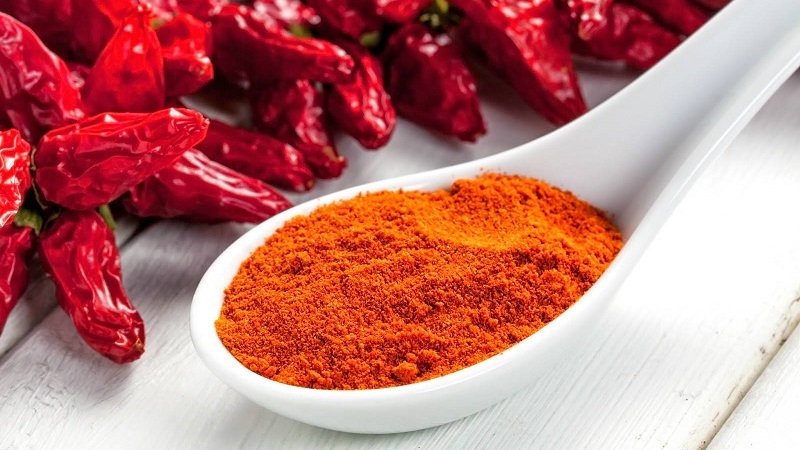- No. 268 Xianghe Street, Economic Development Zone of Xingtai city, Hebei 054001 China
- Byron@hbhongri.cn
Exploring the Unique Flavors of Chili Powder and Paprika in Culinary Delights and Dishes
The Spicy Spectrum Exploring Chili Powder and Paprika
Chili powder and paprika are two essential spices that have found their way into kitchens around the world. While they share a vibrant red hue and are often used to enhance the flavor and visual appeal of dishes, there are significant differences between the two, both in terms of flavor profiles and culinary applications.
Understanding Chili Powder
Chili powder is a blend of dried chili peppers mixed with other spices such as cumin, garlic powder, and oregano. This versatile spice varies widely in heat and flavor, depending on the types of chili peppers used in its composition. For instance, chili powder made from milder varieties like ancho or pasilla will provide a warm, rich flavor without overwhelming heat, making it suitable for dishes where a more subtle spice is desired. Conversely, chili powder derived from hotter peppers such as cayenne or Thai chilies packs a fiery punch that can elevate the intensity of any recipe.
Chili powder is a staple in cuisines that emphasize spicy flavors, such as Mexican, Indian, and Tex-Mex. It is commonly used in chili con carne, enchiladas, and sauces, contributing not just heat but a deep, earthy flavor that complements other ingredients. Its versatility also allows it to be utilized in marinades, dry rubs, and seasoning blends, making it a favorite among home cooks and professional chefs alike.
The Richness of Paprika
On the other hand, paprika is primarily made from ground sweet or hot peppers, predominantly varieties from Hungary and Spain. Unlike chili powder, paprika is usually not a blend of spices but rather a single ingredient that emphasizes the flavor of the pepper itself. The taste of paprika can range from sweet and mild to smoky and spicy, depending on its type. Sweet paprika, for example, adds a gentle sweetness and vibrant color to dishes without heat, while smoked paprika infuses a unique, aromatic flavor reminiscent of the grilling process.
chili powder paprika

Paprika plays a pivotal role in many European dishes, especially in Hungarian goulash, Spanish chorizo, and various stews. Its bright red color not only enhances the presentation of food but also adds complexity to the overall flavor profile. Additionally, paprika is often used as a garnish, sprinkled over deviled eggs or potato salad, where it provides a pop of color and subtle flavor.
Culinary Intersections and Creative Uses
While chili powder and paprika serve different culinary purposes, they can also complement each other beautifully. For instance, a chili powder and paprika blend can create a balanced seasoning for grilled meats, where the smokiness of paprika enhances the robustness of the chili powder. This combination expands the flavor spectrum, allowing chefs to experiment with different heat levels and taste dimensions.
Moreover, both spices offer health benefits due to their antioxidant properties and ability to boost metabolism. Research has shown that capsaicin, the compound responsible for the heat in chili peppers, can promote fat burning and reduce inflammation. Similarly, paprika is rich in vitamins A and E, contributing to overall health.
Conclusion
In conclusion, chili powder and paprika are two fundamental spices that enrich our culinary experiences. While they have distinct characteristics and uses, their flavors can intersect and harmonize in various dishes. As global palates continue to evolve and embrace diverse cuisines, both spices will undoubtedly remain vital players in the art of cooking, transforming everyday meals into extraordinary feasts of flavor and color. Whether you prefer the heat of chili powder or the mild sweetness of paprika, these spices add not only taste but also a splash of vibrancy to our plates.
-
Turmeric Rhizome Powder: A Golden Treasure from Roots to TableNewsJul.28,2025
-
The Versatile Application Of Crushed Red Hot Peppers: Lighting Up The Red Flames On The Dining TableNewsJul.28,2025
-
The Paprika: A Touch Of Vibrant Red In Color, Flavor, And CultureNewsJul.28,2025
-
Ground Turmeric: A Modern Examination of an Ancient SpiceNewsJul.28,2025
-
Capsicum Liquid Extract: Features, Applications, and ChallengesNewsJul.28,2025
-
Application of Capsicum Liquid Extract in FoodNewsJul.28,2025







